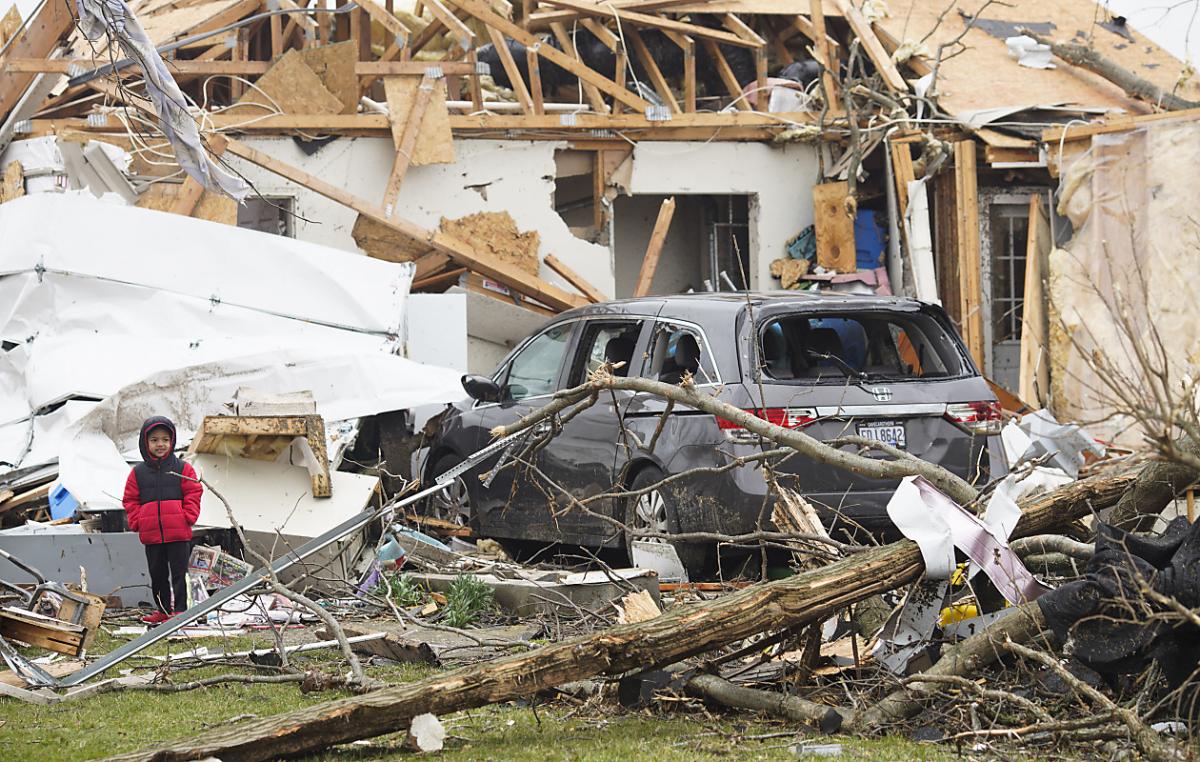Terrible records are set to fall in the United States this week: the weather is likely to be warmer in many parts of the west of the country than it has been since recordings began.
The U.S. National Weather Service warned of a “historic and dangerous heat wave.” It was already very hot in the US last week and the end of the heat wave was not visible. The weather service for the city of Spokane, Washington, was also written Twitter Extreme temperatures expected over the weekend:
A temperature of 100 degrees Fahrenheit corresponds to values of about 38 degrees Celsius. By Sunday, temperatures could rise above 43 degrees Celsius in some parts of the coastal valleys and inland.
The heat wave is especially dangerous because it affects such a large area of the United States and will last a long time. In many places it should not be colder than 20 degrees Celsius even at night. This represents a huge health burden for the elderly and the sick.Washington Post“Two-thirds of homes in the Seattle area and one-third of homes in Portland, Oregon, are not air-conditioned.
The heat also increases Wildfire risk Hand in hand. Particularly hot thunderstorms, in which no significant amount of rain falls, can trigger new fires. There have already been fires in several states.
The U.S. Insurance Department also commented on the continuing heat: extreme weather events mean that insurance premiums will rise in the coming years. Home insurance company Hippo.
Climate crisis affects weather
Extreme heat waves can be seen in the high pressure area of the western United States. However, when viewed in a larger environment, scientists have no doubt that heat is not simply caused by the weather: it is man-made climate change that often causes extreme weather events.
The findings of a new study by researchers from the University of Texas A&M and other research institutes also support this approach: Thus, the increase in frequency and intensity of storms and thunderstorms in large plains in recent years depends on climate change. The results were published in the journalNatural Earth Science.
The researchers studied oxygen isotopes in stalactites from caves in Texas. These rock formations are 30,000 to 50,000 years old. The analysis shows that thunderstorms and global, sudden climate change have increased over a period of several tens of thousands of years.
Thunderstorms in large plains are closely related to changes in wind and humidity. Understanding these changes will help you better predict future thunderstorms and storms.
International Commission on Climate Change warns: Millions of people will be affected
The International Commission on Climate Change (IPCC) is currently functioning in one Report on the effects of climate change.
In a draft available to the AFP news agency, experts estimate that two degrees of global warming could put 420 million people at risk of heat waves. Millions more people will be hungry. The magnitude of the risk depends on the development of greenhouse gas emissions. However, the world is not yet badly prepared for the changes to come.

“Amateur coffee fan. Travel guru. Subtly charming zombie maven. Incurable reader. Web fanatic.”







More Stories
At least three people have died in tornadoes in Central America
Providers want money – Huawei's exit will cost the USA more than expected
US: Pork export revenue hits record high